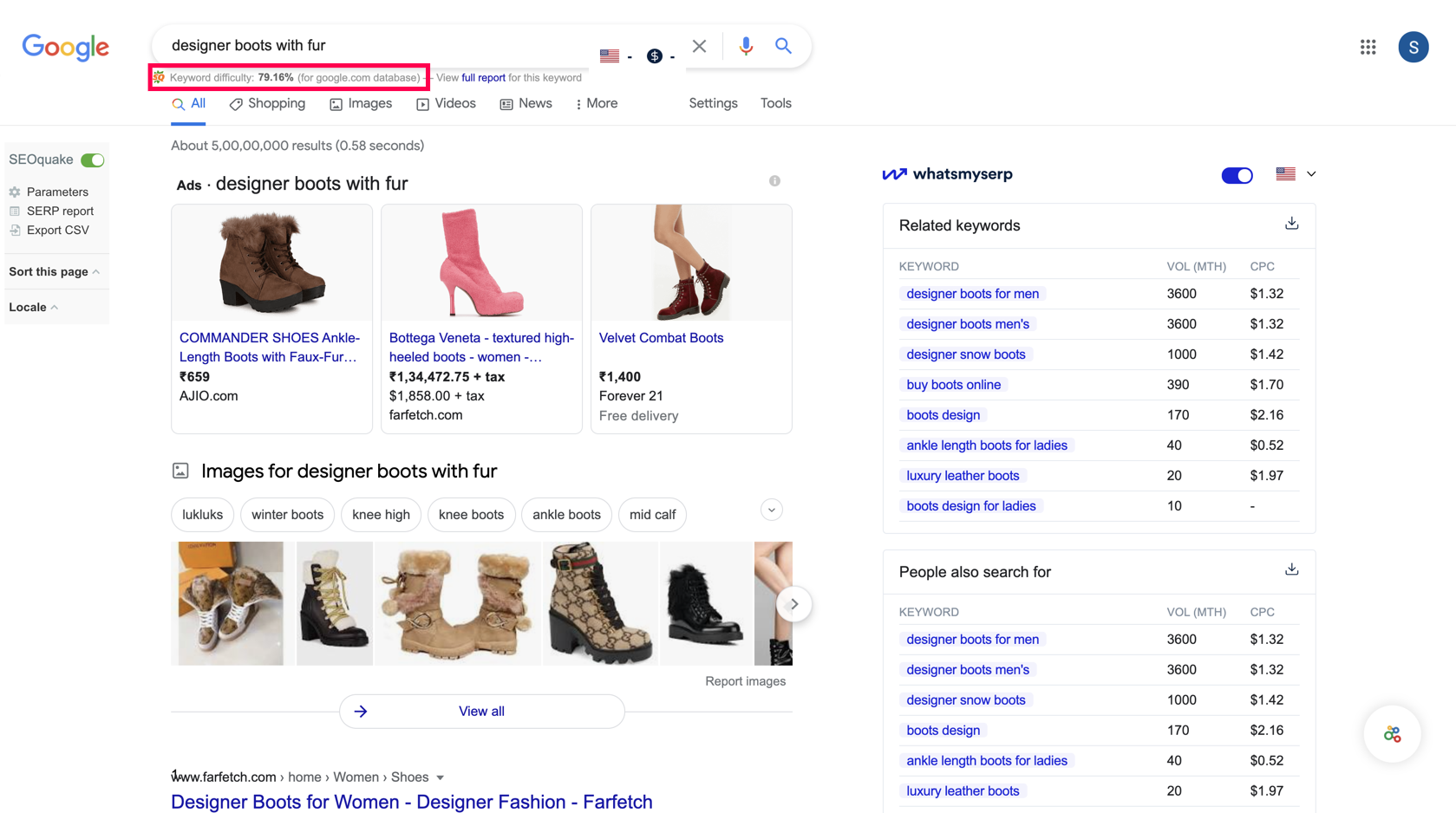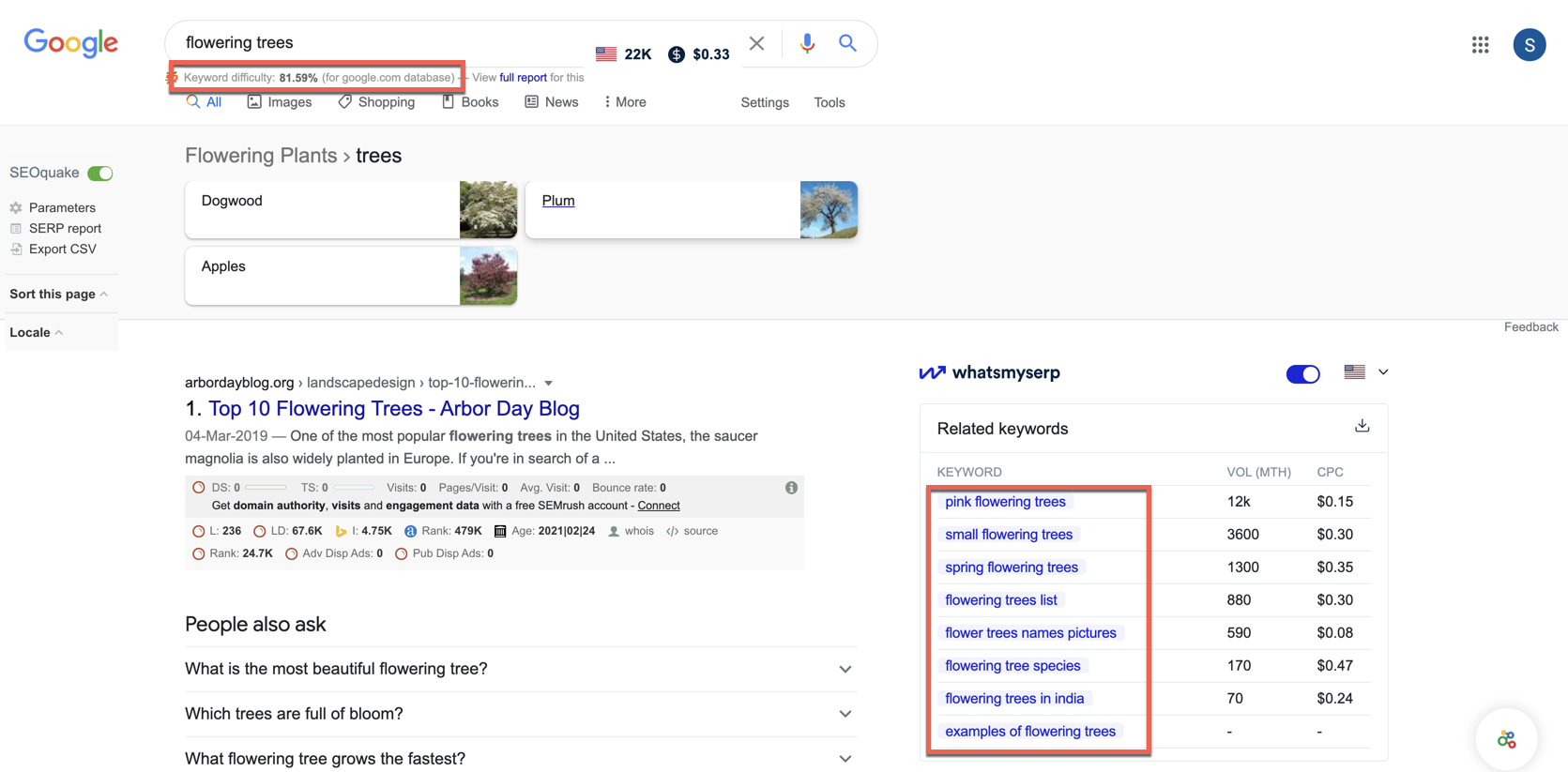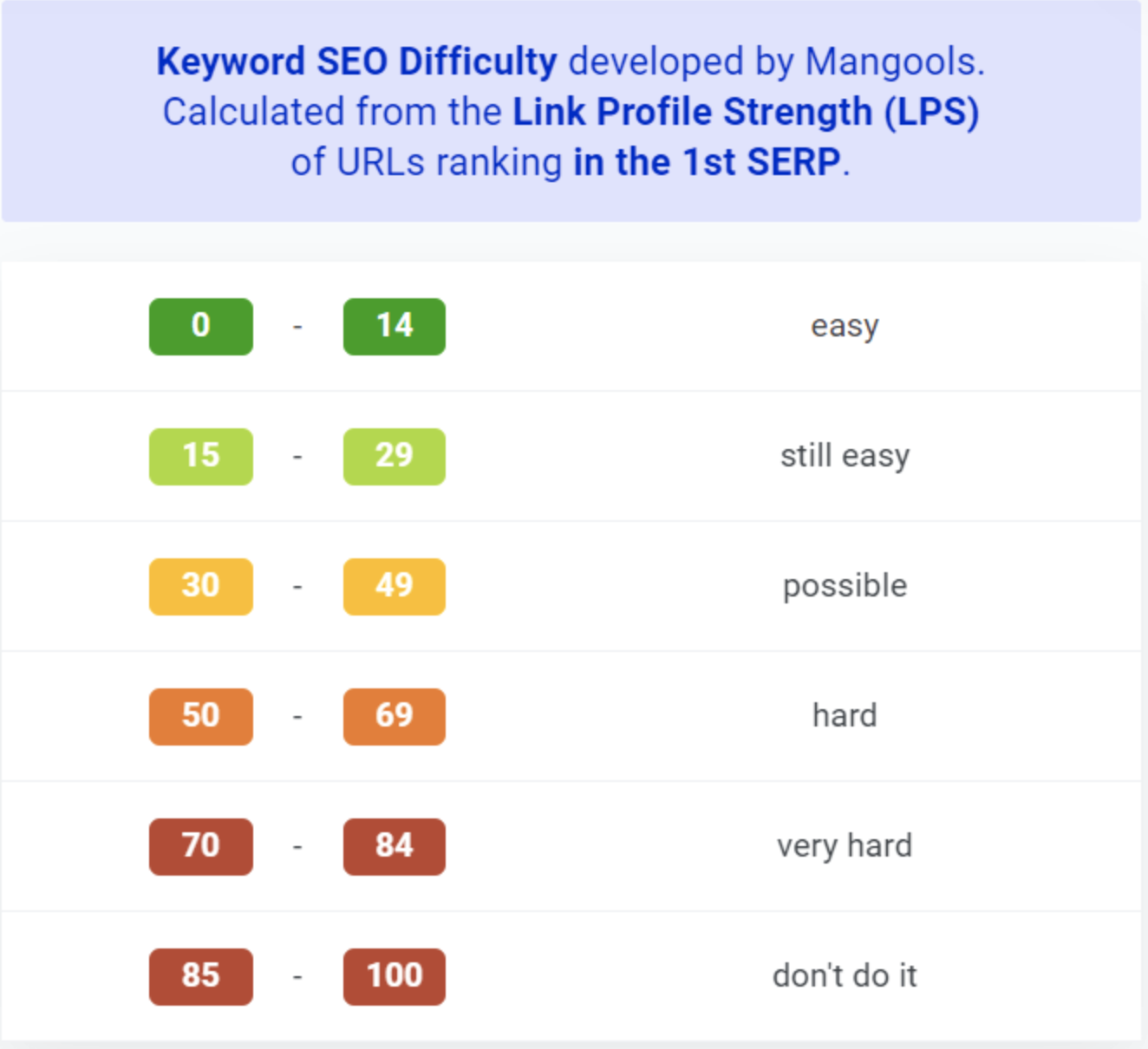Search Engine Optimization (SEO) is the process of crafting the content of a website to increase its visibility on relevant search results. Since the way search engine algorithms "read" sites is constantly being tweaked—Google is notorious for this practice— updating SEO is slow and ongoing when compared to other marketing efforts. However, it's also essential as this is the only chance businesses have to perform consistently when it comes to ranking high on search results.
SEO is commonly used to drive traffic to your website. When consumers search for keywords on a search engine, they might see a link to your website in the results on the search page. Data shows that over 43% of clicks go to the first position of the Google search result page. As a business owner, your aim must be to rank in the top 10 of the search results page of the keywords you have chosen for yourself. If your business ranks lower, you will have rapidly diminishing visibility and, consequently, diminishing outcomes for your business.
If you are convinced that SEO makes sense for your ecommerce business, this guide is a good starting point for you. Generally, SEO is classified into on-page and off-page. This classification is to do with where the improvements are being made. If you are directly changing your website, you are fixing on-page SEO. If the actions you take are not on your website (but on social media, for instance), this process is off-page SEO. We will deal with on-page SEO in this guide and write a follow-up article explaining the ropes for off-page SEO right after.
On-page optimization
Moz.com defines on-page SEO as the practice of optimizing individual web pages to rank them higher on search engines. Generally speaking, most SEO journeys begin with on-page SEO. The practice is associated with creating content and then optimizing it for search engines. Search engines employ crawlers (software that read the code of your web page) that mimic human behavior to estimate how useful the content is for human readers. These crawlers are not perfect, so while the content you write needs to be useful and interesting for readers, it needs to be equally intelligible for crawlers.
The building blocks of SEO are keywords. Very early on in the history of the internet, text, and search were established as the cornerstone of how everyone interacted with each other. So, a crawler would just read through the code, index the text (words), and estimate what the conversation is about (usually by determining the frequency of words used). The most frequently used words would be "key" to this estimation, hence the nomenclature keyword. Now, of course, the algorithms are much more sophisticated, but keywords are still the building blocks of well-optimized content.
Digression: Crawlers trying to estimate human behavior is the primary reason search engine companies need to update their algorithms all the time. Estimating humans is a difficult task!
Keyword research
The first step on your SEO journey is to choose keywords that define your business well. In other words, identify terms that a potential customer is likely to use when searching for a product you offer. For instance, a footwear brand that has a line of designer boots might find the keyword "buy designer boots" to be important for their business.
The first port of call in a situation such as this is to look at what your competitors are doing. Their keyword strategy will be a useful baseline. Also, check out websites that rank on the first page.
Tools such as whatsmyserp (free) or Google's own Keyword Planner are great places to start with identifying keywords suitable for your business. Whatsmyserp helps you find related keywords, and SEOquake can help you identify keyword difficulty quickly. For more advanced users, Moz and SEMRush are good tools to use.
Keyword difficulty is the approximate difficulty a business would face in ranking their website for a particular keyword. This metric is expressed as a percentage.
To illustrate, let's assume we're trying to build the keyword strategy for a footwear brand, specifically for their designer boots collection. This screenshot shows the results from whatsmyserp and SEOquake (installed as chrome browser extensions).

In this instance, the keyword difficulty is at 79% for the longtail keyword 'designer boots with fur'.
How to use a free tool to research relevant keywords
For this tutorial, we're going to use whatsmyserp, but you can translate the same process (with minor adjustments) for all tools. Once you have whatsmyserp installed on your browser, search results will give you volume, keyword difficulty, and CPC (estimated cost per click if you advertise) data on the search page itself, as you see in the screenshot.
If you search for a relevant business topic (we searched for "flowering trees" for a large gardening B2B business), the tool SEOquake calculates the difficulty of this keyword at 81%. You might recall from the previous section that keyword difficulty is the approximate score (expressed as a percentage) of difficulty for a business to rank their website for that particular keyword. The higher the percentage the more difficult it is to rank for the specific keyword.

For context, here is a handy guide to deciphering keyword difficulty scores.

Source: Mangools (https://mangools.com/blog/what-is-keyword-seo-difficulty/)
Starting here, you can arrive at a list of keywords that would make the most sense for your business and that people are actually searching for. This is a tedious process (hence keyword research), but we promise your patience will bear fruit.
Identifying keywords for your business
Once you have this large list ready, you'll need to filter it down to the most useful set. Remember to take into account these three parameters when whittling your list down:
Keyword volume: Every keyword has a certain traffic volume asociated with it. The more a keyword is searched on the internet, the larger is its keyword volume. As a rule of thumb, generic keyword (boots) generate higher traffic than specific ones (buy black boots). As a business owner, it is important not to chase volumes blindly, but to aim for relevant traffic. You know your business and your customers best. Estimate what keywords or search phrases are most likely to bring you relevant traffic - visitors who are looking to make a purchase - and select these keywords for your list.
Keyword difficulty: Always aim for keywords that have an "attainable" level of difficulty (at least in the beginning). Anything around the 50% mark is good. If you shoot for 80%+, you will need more time, budget, and effort than you might be prepared for.
Keyword value: Expressed in cost per click (CPC), this parameter is the dollar equivalent a business would need to pay (for every click their advertisement receives) if they chose to advertise for the keyword, rather than use SEO. This is the most contentious parameter of the three. While generally a keyword with a higher CPC is of more value for businesses, relevance is an important factor to consider. If a keyword is relevant for your business, don't be deterred even if its value parameter is low.
Finalizing the list of keywords
When making a choice of keywords, be ruthless in the first cut. You won't be able to work on a 100 keywords when you start. Instead, concentrate on ten keywords and work to rank for some of them. This will teach you the basics and give you the confidence to return to your master list and pick the next ten to work on!
Here's a handy guide to picking the best keywords for yourself:
Priority 1: Difficulty Low, Value High, Volume Medium (originally Volume High - but it is rare that such keywords exist)
Priority 2: Difficulty Medium, Volume Medium, Value High
Priority 3: Value Medium, Volume Medium, Difficulty Medium/Low
Priority 4: Value Low, Volume High/Medium, Difficulty Low/Medium
| Keyword Volume | Keyword Difficulty | Keyword Value | |
| High | No | No | Yes |
| Medium | Yes | Yes | Yes |
| Low | No | Yes | Maybe |
Conclusion
SEO is not a one-time process but an evolving science you will need to constantly work on. SEO ranking, then, is a long-term goal where consistency is the key.
In this guide, we discussed how to start building a keyword list for your business. We also discussed the parameters to use to filter this list down to a manageable project.
In the next blog, we'll discuss how to apply this research when writing content and what other technical aspects you can immediately impact to create the best possible platform for yourself.
In the final blog of the series, we'll discuss the off-page SEO concepts and how to go about building that for long-term SEO success.
Commerce Insights is a blog maintained by Zoho Commerce for ecommerce merchants. We discuss topics relating to product features, getting started with ecommerce, and marketing ideas for businesses.
We want you to be a part of this journey in building an ecommerce community. Please send us your thoughts, suggestions, and ideas at marketing@zohocommerce.com.
If you wish to publish an article on the platform, please send it to the same email.
For support-related queries, please write to support@zohocommerce.com.
